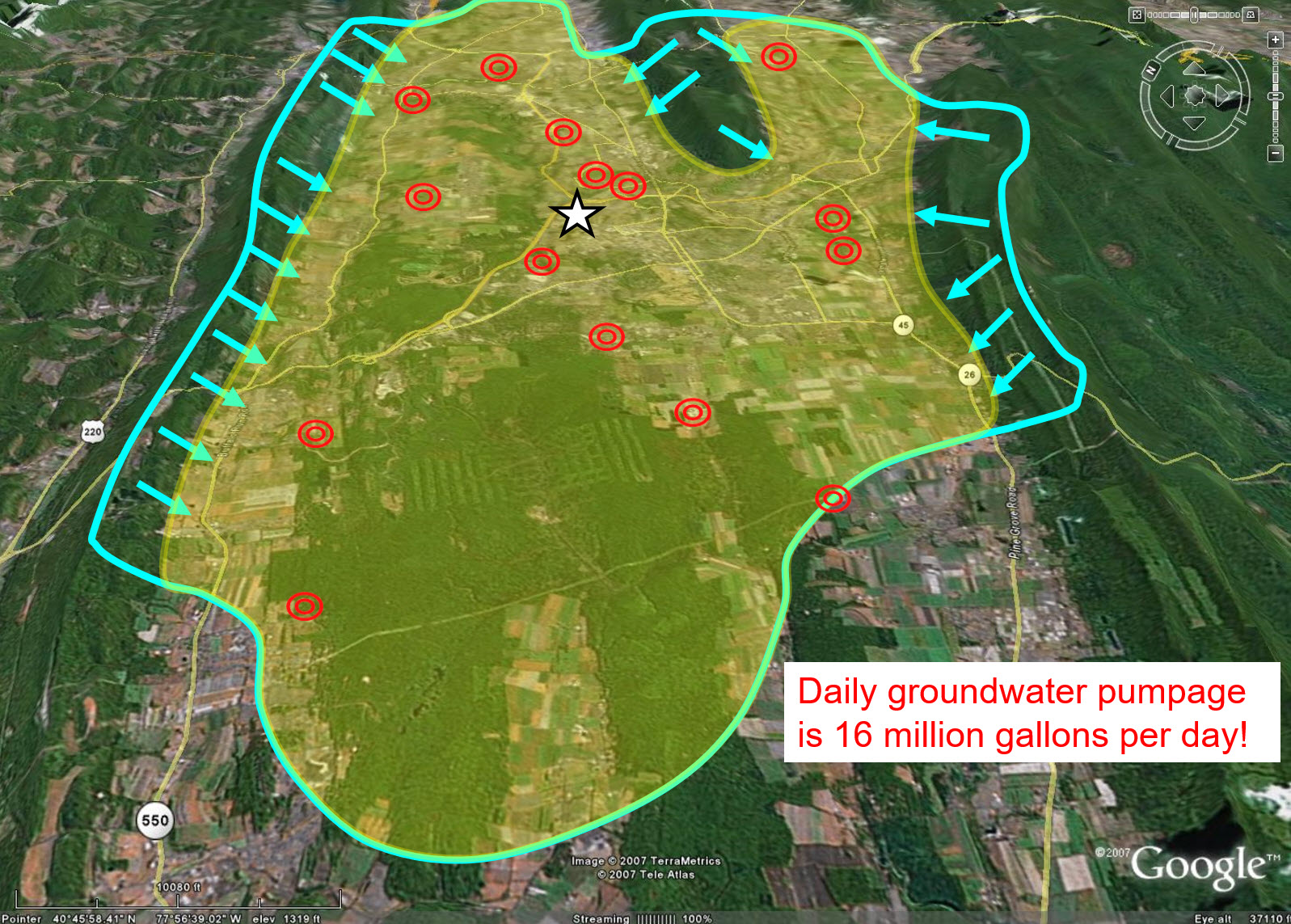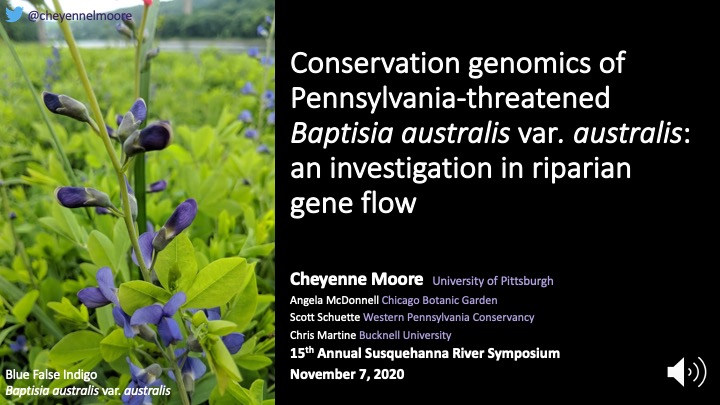How a Karst Watershed Swallowed Half of the Excess Rainfall in Its Wettest Year Ever
63.75 inches of rainfall and snowmelt water made 2018 the wettest year in 122 years of record for the Spring Creek Watershed in Centre County, PA. Yet it experienced very limited overbank stream flooding even though its 30-year average annual precipitation of 40.66 inches was exceeded by 57%. This presentation will explain how the unique combination of its hydrogeologic characteristics enabled this karst watershed to convert the excess rainfall into stored groundwater recharge instead of floodwater runoff. Much of the storm-water runoff from the watershed’s surrounding mountain ridges flowed into sinkholes at the base of the ridges and was directly converted into groundwater recharge, thereby mitigating storm-water flooding. You will learn the details of how this watershed’s unique carbonate flow systems took in and stored 38 billion gallons of groundwater recharge from the 70 billion gallons of above-normal precipitation for a capture ratio of 55%.

